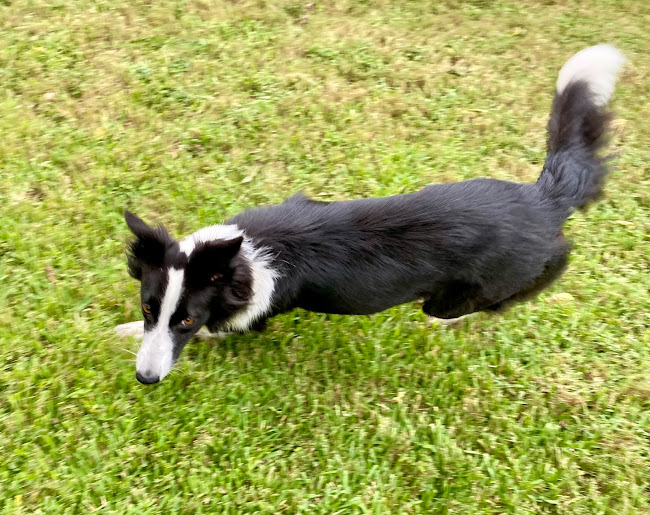Colorado Springs, home of Pike's Peak and Cheyenne Mountain, is where I spent four wonderful days this weekend. While there I visited
Infinity Farm and took a clinic lesson with natural horsemanship and dressage trainer
Anna Blake.
Let me just say that the atmosphere for learning is pervasive across the entire property, from the moment you arrive and are greeted by the llamas,
to stroking the long ears of Edgar Rice Burro,
there are even training philosophies posted in the potty-- you are ALWAYS learning something on Infinity Farm.
The honor of riding Andante, a Thoroughbred/Belgian draft cross,
 |
| Andante, with his human Bethany in an earlier photo |
was mine for our lesson.
 |
| The TB/Belgian cross Andante, his human Bethany, Edgar, and me |
Previously, Anna had thoughtfully reviewed my training goals and recent homework assignments from my blog, and was able to craft a custom lesson. Anna emphasized a theme from Dr. Reiner Klimke's method from
The Simple Way is the Best Way. The highlights include:
- Phase 1: Walk on the buckle 10 minutes, no contact, allow the horse to look around and warm up the joints.
- Phase 2: Stretch forward and downward at the trot and canter, 20 meter circles, steady rhythm in transitions. Consider 10 minutes in this phase.
- Phase 3: Take a walk break again, about 5 minutes, on a long rein.
- Phase 4: Working phase. School at the level of your horse. Start with transitions between gaits and then skipping gaits (walk-canter-walk; halt-trot-halt, etc). Give lots of walk breaks so the horse can relax and think about it. About 20 minutes here.
- Phase 5: Cool down and stretch low. Light posting trot to a walk on the buckle, 10 minutes or so.
Anna has a personal vendetta (which I absolutely share) against
equine gastric ulcers, so before my ride Andante enjoyed a snack of alfalfa that continued while I groomed and tacked him, and welcomed his alfalfa again after he had cooled down and during his post-ride rubdown.
Several minutes into the lesson Anna astutely recognized my demon: grabby, blocking, over-active inside hand. To exorcise this demon (amidst maniacal laughing on Anna's part!), she affixed a grab strap around Andante's neck. This gave my oh-so-grabbing hands something to clutch, but I was forbidden to maul the rein.
Rather, I had to communicate to Andante with my leg aids, seat bones, and turning my torso to make changes of direction, upward and downward transitions, and leg yielding.
It sounds very simple-- and it was-- but for me it was an epiphany that instead of going to my default of yanking the inside rein, I had the grab strap to keep my hands quiet and was able to use my next best, really ONLY choice: the correct aids to influence Andante.
The entire lesson we were rocking out to an Anna Blake personal iTunes jam mix for riding, and Anna insisted that I continue to ride to music at home! Afterward she gently, if laughingly, mentioned I might find an old rein or stirrup leather as a grab strap for use with my own horse.
 |
| Anna Blake, Edgar Rice Burro, and me having a laugh together before my ride |













